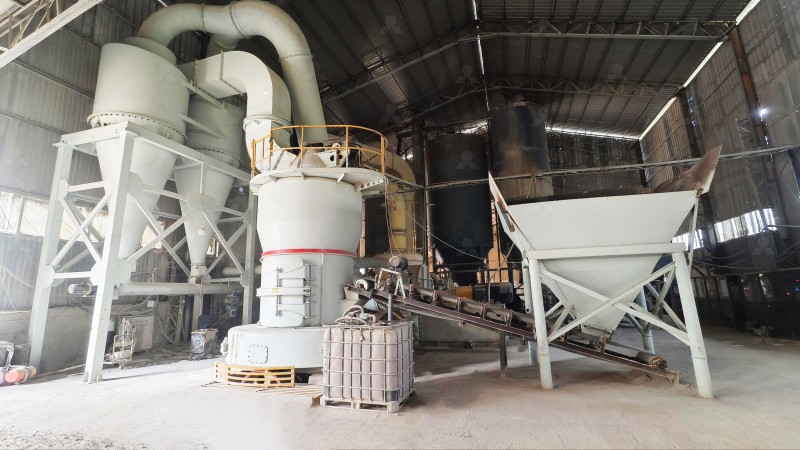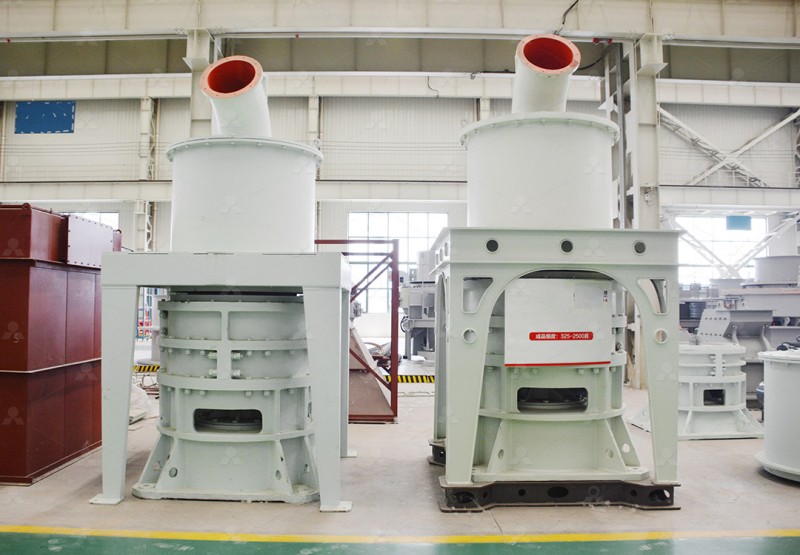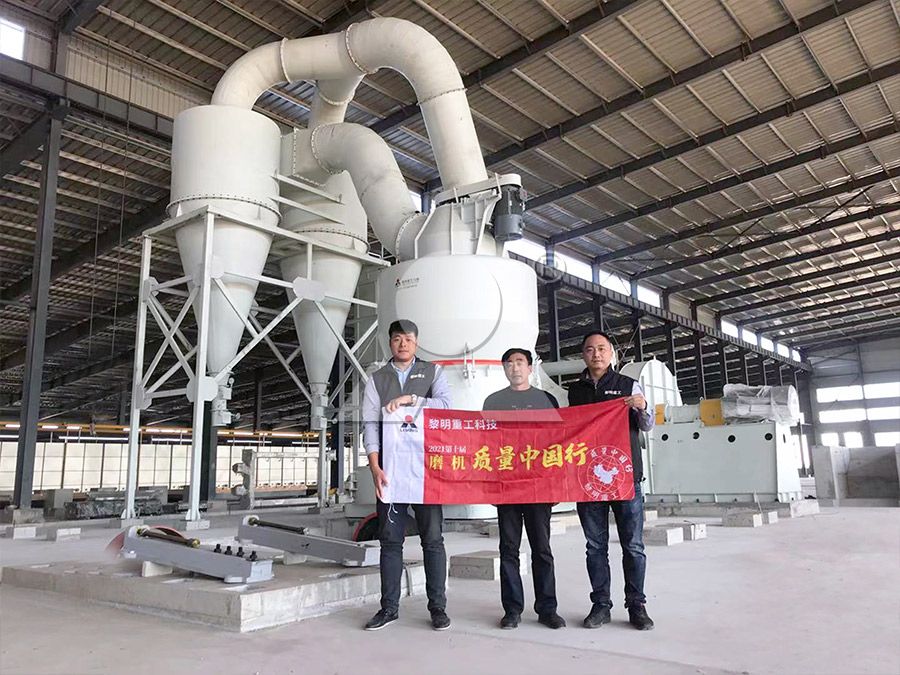6R Raymond Mill for Silver Ore Processing and Grinding
Unlocking Silver Potential: The Power of 6R Raymond Mill Technology
Silver ore processing demands precision, efficiency, and reliability in grinding operations. The 6R Raymond Mill has established itself as a workhorse in mineral processing circuits, particularly for silver ores requiring fine to medium grinding. With decades of technological refinement, this mill configuration delivers consistent performance where it matters most.

The fundamental advantage of the 6R Raymond Mill lies in its robust construction and straightforward operating principle. Raw silver ore, crushed to below 25mm, is fed into the grinding chamber where multiple grinding rollers rotate against a stationary ring. The centrifugal force generated causes the rollers to swing outward, pressing against the ring and crushing the material between them. This mechanical action creates the precise particle size reduction necessary for effective silver liberation.
Technical Superiority in Silver Applications
What sets the 6R configuration apart is its enhanced capacity – processing up to 5 tons per hour – while maintaining energy efficiency. The six grinding rollers distribute pressure evenly across the grinding ring, reducing wear on individual components and extending operational life. For silver processing plants, this translates to lower maintenance costs and higher availability.
The integrated air classification system ensures consistent product quality by continuously separating properly ground particles from those requiring further reduction. This closed-circuit operation prevents overgrinding, a critical consideration for silver ores where excessive comminution can lead to losses in downstream recovery processes.
Beyond Traditional Raymond Technology
While the 6R Raymond Mill remains a solid choice for many silver operations, technological advancements have introduced even more efficient solutions. For operations requiring ultra-fine grinding or dealing with complex silver ore mineralogy, our MW Ultrafine Grinding Mill represents the next evolution in comminution technology.

The MW series achieves remarkable fineness between 325-2500 meshes while consuming only 30% of the energy compared to jet mills. Its innovative design eliminates rolling bearings and screws from the grinding chamber, addressing common failure points in traditional mills. For silver operations targeting premium markets where ultra-fine silver powders command price premiums, the MW Ultrafine Grinding Mill delivers unparalleled value.
Environmental and Operational Considerations
Modern mineral processing must balance production requirements with environmental responsibility. The 6R Raymond Mill incorporates efficient pulse dust collection and noise reduction features that minimize its environmental footprint. Similarly, our LUM Ultrafine Vertical Grinding Mill takes this further with its completely sealed negative-pressure operation that eliminates dust emissions entirely.
The LUM model deserves particular attention for silver applications requiring precise particle size control. Its German powder separating technology and Taiwanese grinding roller innovations provide exceptional control over final product specifications. With capacity ranging from 5-18 tph and the ability to handle feed sizes up to 10mm, it offers a compelling alternative for medium-scale silver operations.

Making the Right Choice for Your Silver Operation
Selecting the appropriate grinding technology depends on multiple factors: ore characteristics, target particle size, production volume, and economic considerations. The 6R Raymond Mill excels in reliable, cost-effective medium-fine grinding. For operations demanding ultra-fine products or dealing with refractory silver ores requiring finer liberation, the MW and LUM series provide advanced solutions with superior efficiency.
Our technical team can help evaluate your specific requirements and recommend the optimal grinding solution. With comprehensive spare parts support and technical services, we ensure worry-free operation regardless of which technology best suits your silver processing needs.
Frequently Asked Questions
What is the typical particle size range achievable with a 6R Raymond Mill for silver ore?
The 6R Raymond Mill typically produces silver ore powders in the 80-400 mesh range, suitable for most conventional leaching and flotation processes.
How does the MW Ultrafine Grinding Mill compare to traditional Raymond mills for refractory silver ores?
The MW series achieves much finer grinding (up to 2500 meshes) which can significantly improve recovery rates from refractory silver ores by enhancing mineral liberation. Its energy efficiency is approximately 40% higher than traditional Raymond mills.
What maintenance advantages does the LUM Ultrafine Vertical Grinding Mill offer?
The LUM mill features a reversible structure that allows easy access to grinding components without complex disassembly. This reduces maintenance downtime by up to 60% compared to conventional designs.
Can these grinding systems handle silver ores with varying moisture content?
Yes, all our grinding systems incorporate drying capabilities when connected with appropriate feeding and air heating systems. The LUM Vertical Grinding Mill particularly excels in simultaneous grinding and drying operations.
What is the typical operational lifespan of the grinding components in silver ore applications?
With proper maintenance, grinding rollers and rings typically last 6-12 months in continuous silver ore processing, depending on ore abrasiveness. Our wear-resistant alloys extend this lifespan significantly compared to standard materials.
